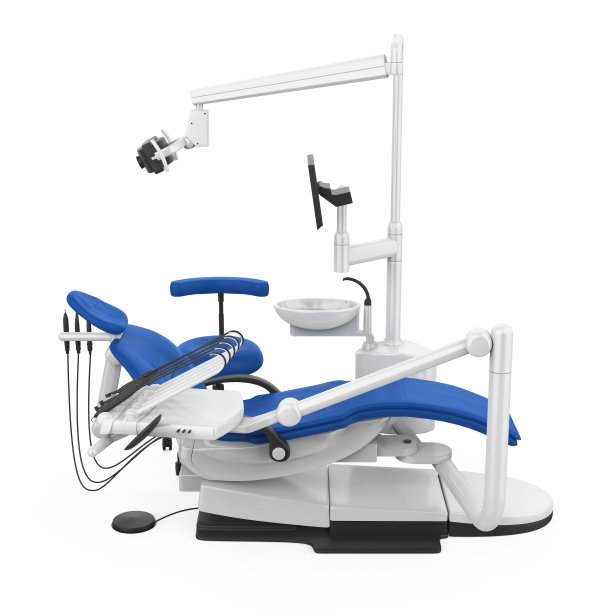Essential Guidelines and Precautions to Follow Before Undergoing Dental Filling Procedures for Optimal Results
Summary: Undergoing dental filling procedures is a common yet crucial aspect of oral health care. However, to ensure the best outcomes from such treatments, it is imperative to follow essential guidelines and precautions. This article delves into four fundamental areas: understanding the dental filling materials, preparing for your appointment, post-procedure care, and choosing the right dentist for the procedure. By paying attention to these facets, patients can optimize their experience and minimize risks, leading to healthier teeth and a more comfortable recovery.
1. Understanding Dental Filling Materials

When preparing for a dental filling, its important to understand the various materials that may be used in the procedure. Common materials include amalgam, composite resin, and glass ionomer. Each material has its unique advantages and suitability based on the extent of decay, location of the filling, and patient preferences.
Amalgam fillings are often favored for their durability and cost-effectiveness, particularly in molars, where chewing pressure is intense. In contrast, composite resins are less visible and provide a natural appearance, making them an excellent choice for fillings in visible areas. Its crucial to discuss these options with your dentist to determine which material best suits your needs.
Moreover, being aware of any potential allergies or sensitivities to these materials can prevent complications. Ensure you communicate any concerns with your dental professional before the procedure begins.
2. Preparing for Your Dental Appointment
Preparation is key to a successful dental filling procedure. Prior to your appointment, ensure that you have a list of any medications you are currently taking, including over-the-counter drugs. Some medications can affect blood clotting and healing, so it is important to have a comprehensive understanding of your health status to share with your dentist.
Its also advisable to eat a balanced meal before your visit, unless instructed otherwise. Having a sturdy meal helps maintain your energy levels during and after the procedure, especially if you may need anesthetics that could leave you feeling groggy.
Lastly, consider arranging for a supportive friend or family member to accompany you. This can ease any anxiety and provide assistance in case you feel disoriented after the procedure due to the anesthesia used.
3. Post-Procedure Care and Monitoring
After receiving a dental filling, proper post-procedure care is vital for optimal recovery. Initially, to minimize discomfort, it is recommended to avoid hard or sticky foods for at least 24 hours. Eating soft foods will allow your mouth to heal without disturbing the newly placed filling.
Furthermore, ensure you maintain excellent oral hygiene. Brushing gently around the filling and flossing daily can help prevent the build-up of plaque, which may compromise the fillings integrity. Pay attention to any discomfort or sensitivity following the procedure; should it persist, promptly consult your dentist.
Lastly, be aware of the symptoms that might indicate complications, such as increased swelling or persistent pain. Monitoring these changes is essential to ensure no issues arise that require immediate attention.
4. Choosing the Right Dentist for Your Filling
Selecting the right dental professional can significantly impact the outcome of your filling procedure. It is recommended to research local dentists, focusing on their qualifications, experience, and patient reviews. A highly skilled dentist will be able to minimize discomfort and perform the procedure effectively.
Consider scheduling a consultation before committing to a filling. This will allow you to inquire about the procedure, the materials used, and any other concerns you may have. A good dentist will be open to discussing these aspects thoroughly and helping you feel at ease.
Moreover, assessing the clinics environment and the staff’s professionalism can provide insights into their standards of care. A welcoming, clean, and well-organized dental practice is often indicative of a dentist who prioritizes patient comfort and safety.
Summary:
In conclusion, preparing for a dental filling procedure involves understanding the materials available, effectively preparing for the appointment, ensuring proper care after the procedure, and selecting the most suitable dentist. By following these guidelines and precautions, patients can significantly improve their experience and outcomes during dental filling procedures.
This article is compiled by Vickong Dental and the content is for reference only.


